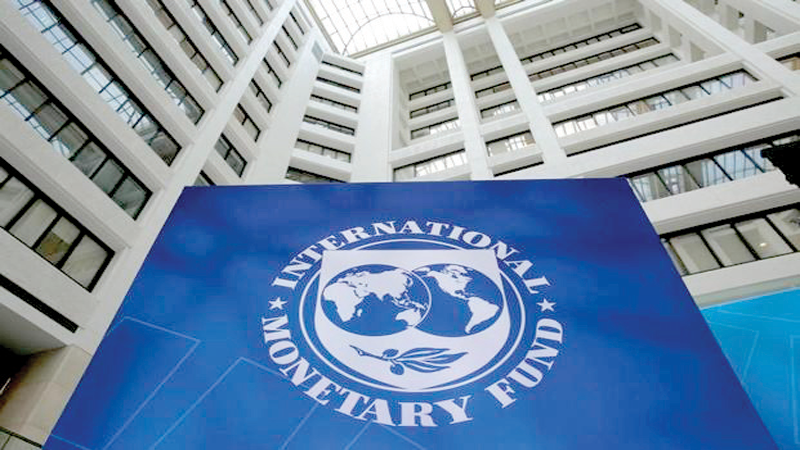The IMF report cites India’s impressive performance, with digitization helping to pull the country out of pandemic lows and prudent fiscal policies and significant financing for capital investments expected to sustain growth momentum The International Monetary Fund (IMF) has identified India as a “bright spot” in the world economy and a key contributor to global growth in the coming years. The IMF released its World Economic Outlook report – ‘A Rocky Recovery’ in April 2023- showing that India is likely to grow 5.9% in 2023. The report cites India’s impressive performance, with digitization helping to pull the country out of pandemic lows and prudent fiscal policies and significant financing for capital investments expected to sustain growth momentum. Global output growth is projected by the IMF to slow to 2.8% in 2023 (calendar year), picking up to 3% in 2024.
IMF Managing Director Kristalina Georgieva said a couple of months back, India continues to remain a relative “bright spot” in the world economy, and will alone contribute 15% of the global growth in 2023.
“India’s performance has been quite impressive. For this year, we expect India to retain a high growth rate, 6.8 per cent for the year that ends in March. For FY 2023/24 (April 2023 to March 2024) we project 6.1 per cent, a bit of slow down like the rest of the world economy, but way above the global average. And in that way, India is providing about 15 per cent of global growth in 2023,” Georgieva said recently.
The IMF used a macroeconomic model based on Platzer and Peruffo (2022) to analyze the impact of different forces on the world economy, including foreign developments affecting domestic interest rates through net international capital flows.
The model represents eight major global economies, including the United States, Japan, Germany, the United Kingdom, France, China, India, and Brazil, and is calibrated to reflect demographic developments, productivity trends, retirement age, and other factors. These are the five largest advanced economies and the three largest emerging market and developing economies, which cover some 70% of global GDP.


